Shrm offer letter template
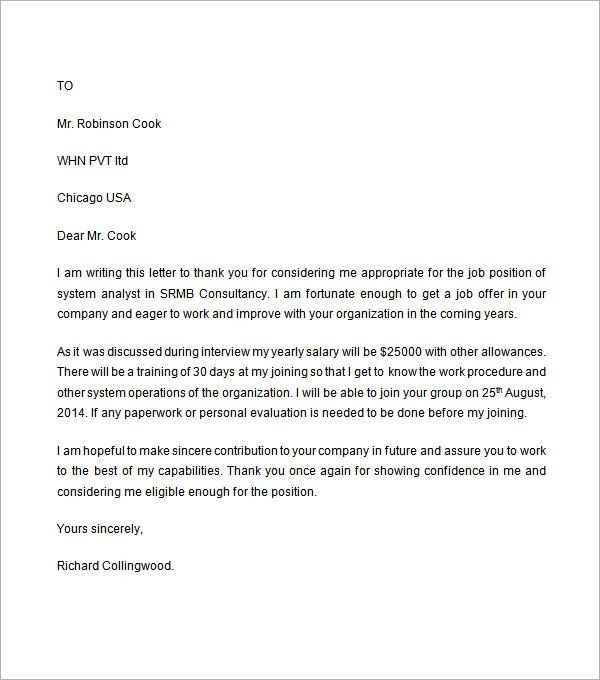
Key Elements of an Offer Letter
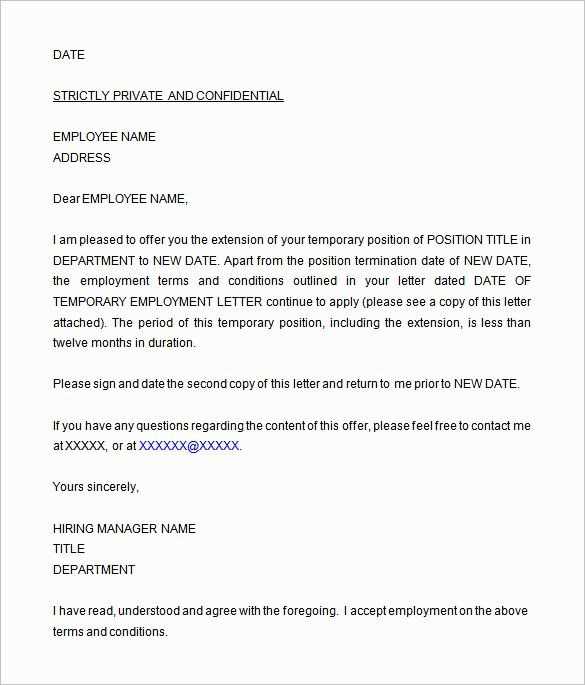
A well-structured offer letter includes the following details:
- Job Title: Clearly state the position being offered.
- Salary: Specify the agreed salary, including payment frequency.
- Start Date: Indicate the expected starting date for the role.
- Benefits: List health, retirement, and other benefits included in the package.
- Job Responsibilities: Outline the key duties of the role to avoid misunderstandings.
- Reporting Structure: Define who the employee will report to within the organization.
- Location: Mention the primary work location or remote work options.
- Employment Type: Clarify whether the role is full-time, part-time, temporary, or contract-based.
SHRM Offer Letter Template Example
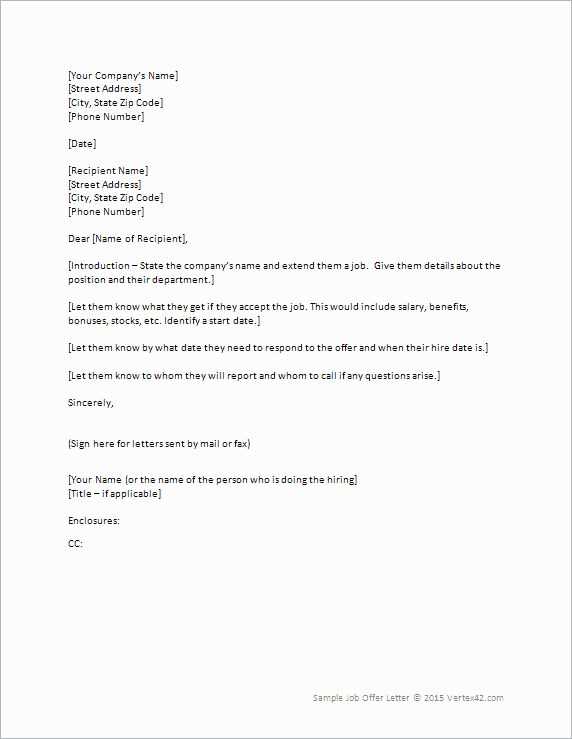
Here’s a simple template you can adapt to your needs:
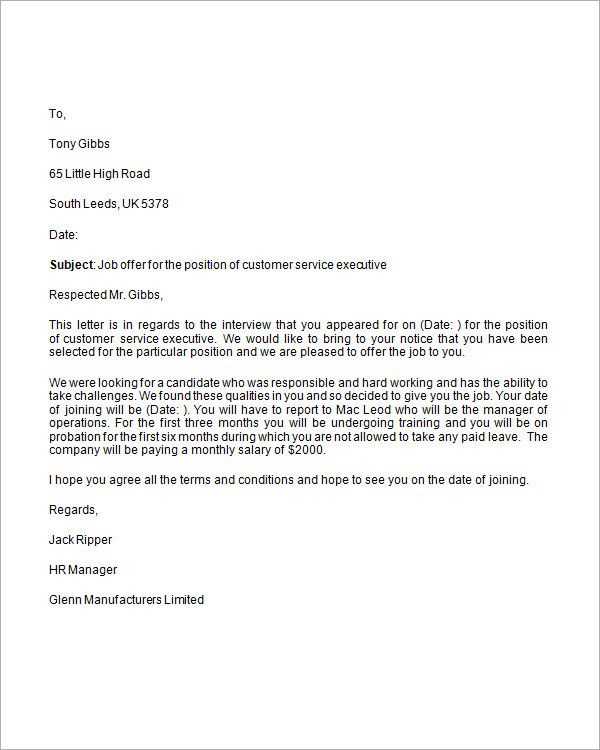
[Company Name] [Company Address] [City, State, Zip Code] [Phone Number] [Date] [Candidate Name] [Candidate Address] [City, State, Zip Code] Dear [Candidate Name], We are pleased to offer you the position of [Job Title] at [Company Name]. Your start date is scheduled for [Start Date]. Your annual salary will be [Salary Amount], payable [Payment Frequency]. In addition to your salary, you will be eligible for the following benefits: [List of Benefits]. As [Job Title], you will report directly to [Supervisor Name], and your responsibilities will include [Brief Description of Job Duties]. The role is based at [Location] and may include [Remote/Hybrid options if applicable]. This offer is contingent upon the successful completion of [Background Check/Drug Test, etc.]. Please review the terms outlined in this letter and let us know if you have any questions. To accept this offer, please sign below and return a copy by [Response Deadline]. Sincerely, [Your Name] [Your Title] [Company Name] Accepted by: _______________________ Date: __________________
Tips for Personalizing Your Offer Letter
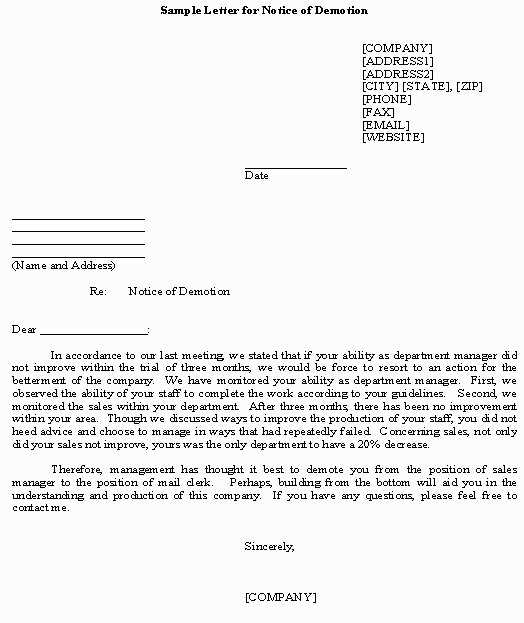
Modify the template to reflect the specific terms agreed upon with the candidate. Include any additional clauses or stipulations that align with your company’s policies. Keep the tone professional yet welcoming to ensure the candidate feels valued and excited to join your team.
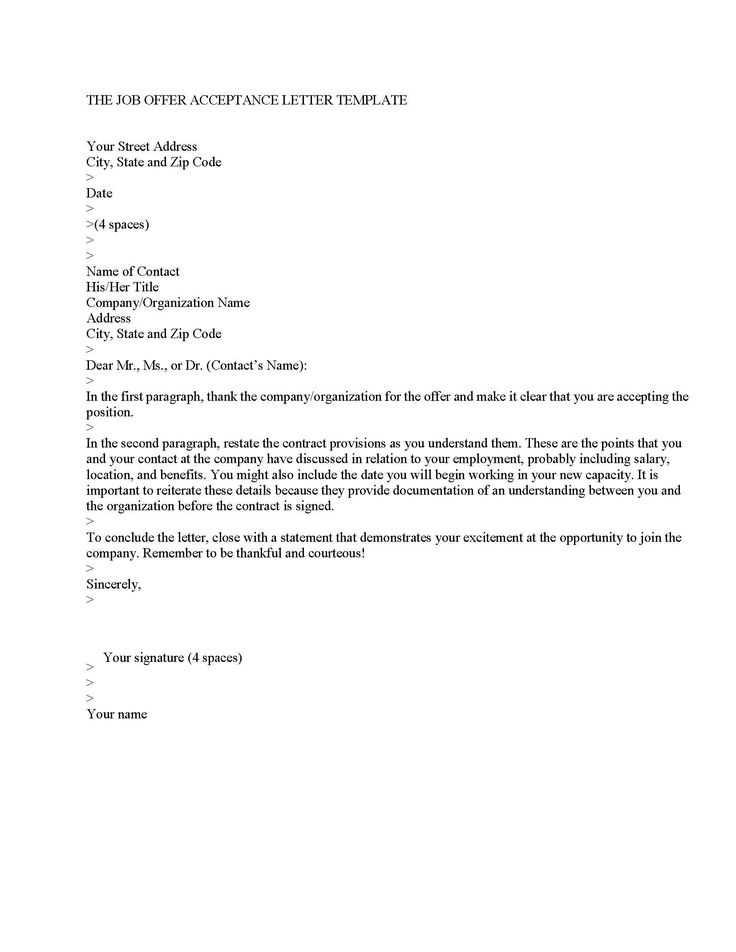
SHRM Offer Letter Template: A Practical Guide
Choosing the Right Format for Your Letter
Key Elements to Include in the Offer
How to Address Compensation and Benefits Clearly
Setting Expectations for Start Dates and Reporting Structure
Legal Aspects of Crafting an Offer Letter
Customizing the Letter for Different Roles and Levels
The format of an offer letter is crucial for clarity and professionalism. Ensure the letter is structured with a clear introduction, body, and conclusion. Start with the candidate’s name and the position offered, followed by details like compensation, benefits, start date, and terms of employment. Use bullet points for readability when listing benefits or specific job responsibilities.
Key elements that must be included are job title, compensation (salary or hourly rate), benefits, working hours, location, and any conditions such as background checks or drug tests. Include the job’s expected responsibilities and outline any probationary periods if applicable. Make sure compensation is clearly broken down, including base salary, bonus structures, and any stock options or commissions.
Be transparent when discussing compensation and benefits. Clearly define salary, any bonuses, health coverage, retirement plans, paid time off, and other perks. If applicable, mention vesting periods or specific conditions tied to benefits. This ensures the candidate understands the full value of the offer beyond the salary.
Set clear expectations for start dates, working hours, and the reporting structure. Include the official start date and specify if the candidate will report directly to a manager, team leader, or another department. Outline work schedules and mention whether any remote or flexible working options are available. This avoids any misunderstandings about the work environment.
Be aware of the legal implications when crafting the offer letter. Include any clauses related to non-compete agreements, intellectual property rights, and confidentiality. Ensure compliance with local labor laws, such as required benefits or specific state or country regulations. Consult with legal professionals to review the offer letter if needed.
Tailor the offer letter for each role and level within the company. For entry-level positions, focus on training opportunities, growth prospects, and a clear path to advancement. For senior-level positions, highlight leadership expectations, compensation structures, and strategic objectives. This ensures the offer resonates with candidates at different career stages.